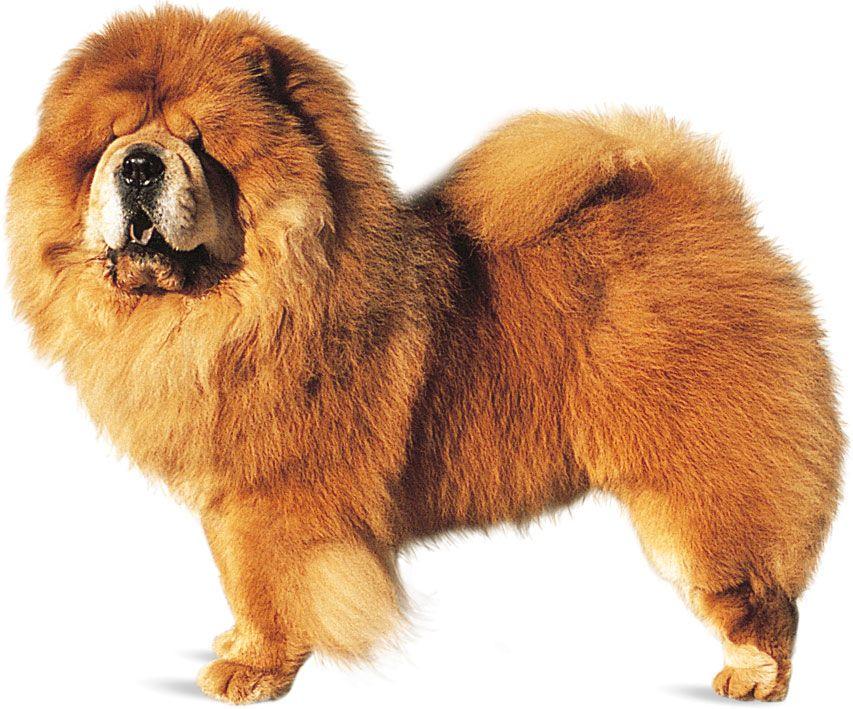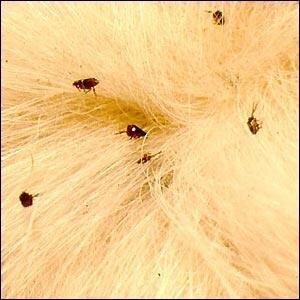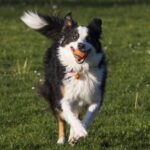In the quiet moments when your dog curls up by your side, it’s easy to forget that beneath their soft fur lies a world teeming with tiny threats. Among them, fleas are the undisputed squatters, elusive and persistent, skilled in the art of invisibility. While your furry friend may bask in the warmth of your affection, these minuscule parasites are plotting their next move, cleverly camouflaged within the very coat that you love to pet.
In this article, we will embark on a journey to uncover the hidden haunts of fleas on dogs, equipping you with the knowledge to spot these uninvited guests and reclaim your pet’s comfort. From the lesser-known hiding spots to effective removal strategies, we delve into the intricate dance of dog and flea, ensuring that your loyal companion remains a vibrant and happy part of your life.
Identifying Common Hiding Spots for Fleas on Your Dog
Fleas are notoriously difficult to spot, as they often choose the most concealed areas on your dog’s body to hide and thrive. Start your search around the ears and neck, where fleas may find refuge in the fur or along the skin folds. Be sure to check the belly and groin area, as warmth and proximity to the ground create an ideal environment for these pesky parasites. Additionally, examine the base of the tail and the armpits, as these locations are often overlooked yet serve as prime spots for fleas to settle in undetected.
To make your search easier, consider employing a flea comb to sift through the fur. This tool can help capture fleas and their eggs, allowing you to assess the severity of the infestation quickly. Fleas can also hide in less obvious places such as the between toes and across the back, so thorough attention to detail is crucial. Use the following checklist to guide your inspection:
- Ears
- Neck
- Belly
- Groin Area
- Base of Tail
- Armpits
- Between Toes
- Across the Back
Proper identification of flea hiding spots is essential for effective treatment. Once you’ve located these areas, it will be easier to deploy appropriate measures, ensuring your furry friend can enjoy a flea-free life. Remember, the sooner you spot these intruders, the sooner you can act to protect your dog and home.
Understanding the Flea Life Cycle and Its Implications
Once the adult flea emerges, it can begin to reproduce quickly, as female fleas can lay up to 50 eggs per day. This exponential growth underlines the importance of treating not only your dog but also the surrounding environment. Regular vacuuming and washing bedding in hot water are effective ways to eliminate eggs and larvae before they develop into adult fleas. Creating a multi-faceted approach to flea control — which includes both chemical treatments and environmental management — can nip the problem in the bud. To summarize, here’s a quick look at the key stages of the flea life cycle:
| Life Cycle Stage | Description | Duration |
|---|---|---|
| Egg | Fleas lay eggs on the host, which fall into the environment | 1-2 days |
| Larva | Hatches from eggs and feeds on organic debris | 5-11 days |
| Pupa | Forms a cocoon and can remain dormant | 1 week to several months |
| Adult | Emerges from cocoon and starts feeding, reproducing | Up to 1 year |
Effective Strategies for Flea Detection and Removal
Identifying and removing fleas from your dog requires a keen eye and an understanding of their hiding spots. Fleas are often found in areas where your dog spends the most time. Key locations include:
- Near the ears: Fleas love to hide in the warmer spots of your dog’s body.
- Under the collar: This area can trap fleas and make them feel safe.
- Between the toes: The soft skin provides an ideal hiding place for these pests.
- On the belly: Fleas are drawn to this area for the warmth it provides.
To effectively remove fleas, consider a multi-step approach that includes both preventive and removal techniques. Regularly bathing your dog with flea shampoos can significantly control the situation. Additionally, using dedicated flea combs can help identify the pests early on. Here’s a quick reference table for effective removal strategies:
| Strategy | Description |
|---|---|
| Bathing | Use specialized flea shampoos, and follow up with a thorough rinse. |
| Flea combing | Comb your dog’s fur to remove fleas and eggs, focusing on hidden spots. |
| Treat the environment | Wash bedding, vacuum carpets, and consider flea treatments for your home. |
Preventative Measures to Keep Your Dog Flea-Free
Keeping your dog flea-free requires a proactive approach that combines preventive treatments and regular grooming. One of the most effective ways to fend off fleas is to use topical treatments or oral medications recommended by your veterinarian. These treatments often offer protection for a month or more, helping to interrupt the flea life cycle. Additionally, using flea collars can provide extra defense for your furry friend. Be diligent in reapplying treatments according to the instructions and avoid using multiple products simultaneously, which could lead to overdosing.
In addition to medication, regular grooming sessions play a crucial role in flea prevention. During grooming, pay attention to the areas where fleas like to hide, such as behind the ears, around the base of the tail, and between the toes. Using a fine-toothed flea comb can help catch any fleas and their eggs. It’s also essential to keep your home flea-free by washing your dog’s bedding regularly and vacuuming carpets and furniture. Consider utilizing a flea prevention table that outlines a comprehensive prevention plan:
| Prevention Step | Frequency |
|---|---|
| Topical treatments | Monthly |
| Flea collars | As recommended |
| Grooming | Weekly |
| Washing bedding | Bi-weekly |
| Vacuuming | Weekly |
Insights and Conclusions
As we conclude our exploration into the hidden world of fleas on our canine companions, it’s clear that understanding their behavior and preferred hiding spots is the first step in effective prevention and removal. By being vigilant and thorough—scouring the nooks and crannies of your dog’s fur and maintaining a clean environment—we can significantly reduce the likelihood of these pesky parasites setting up camp.
Remember, while fleas may be tiny, the impact they have can be substantial. Regular grooming and check-ups can help catch any infestations early, ensuring your dog remains comfortable and happy. As you embark on this flea-fighting mission, equip yourself with knowledge and patience, and you’ll not only safeguard your dog’s health but also deepen the bond you share through attentive care.
So, arm yourself with this newfound understanding, and let the battle against fleas be a proactive one—because your furry friend deserves a life free of unwanted pests. Happy hunting!

















